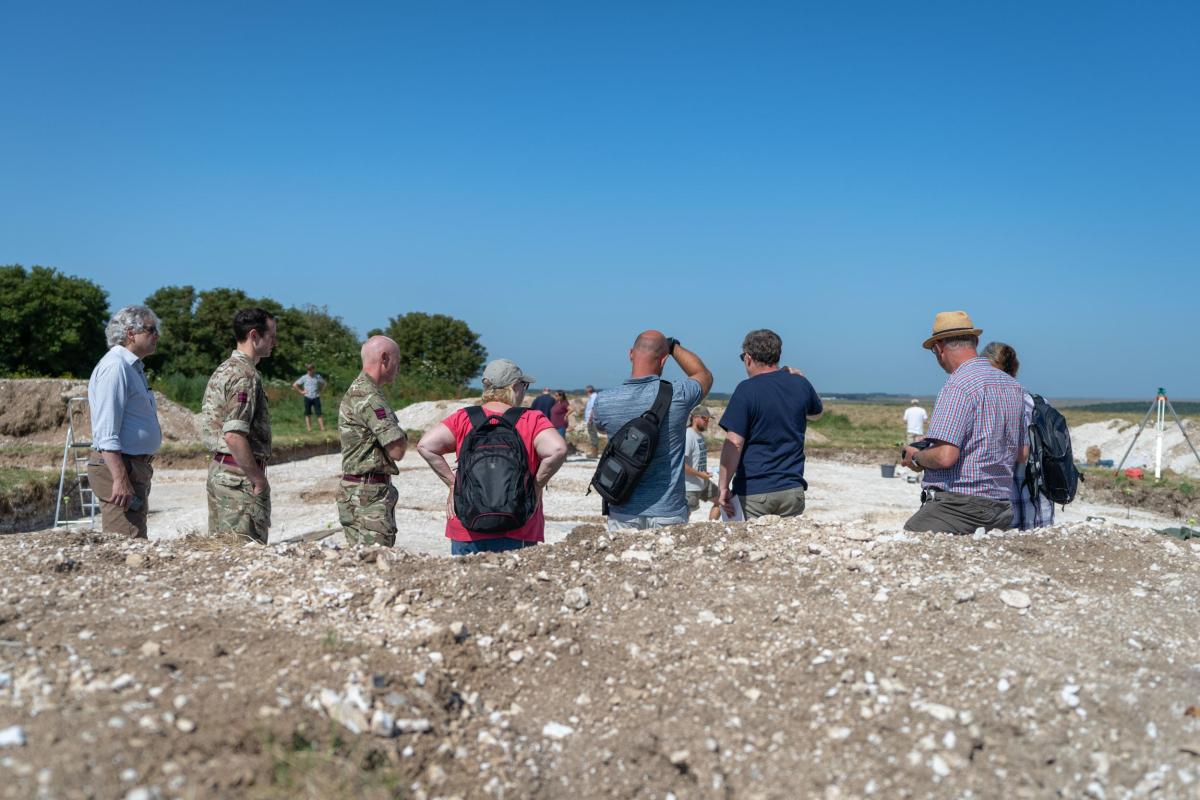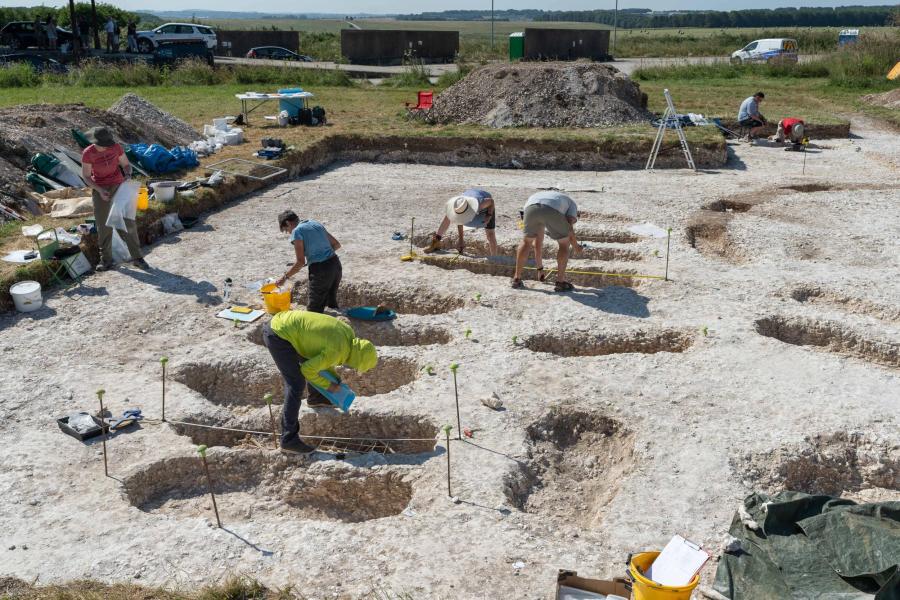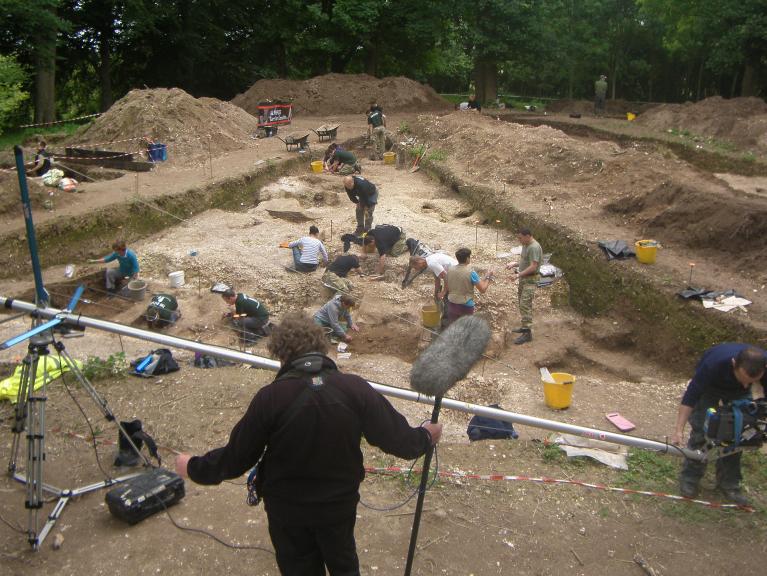In July 2021, the team from Wessex Archaeology reunited with friends from Operation Nightingale – a military charity which uses archaeology to aid in the recovery of ex-service men and women – for Operation Ring Giver on Salisbury Plain.
Veterans and archaeologists convened for the 3-week fieldwork project at what was intended to be the site for the new Royal Artillery Museum, on MoD-owned land on Salisbury Plain, close to Netheravon. The aim of the project was to excavate the archaeological remains at the site, while offering veterans companionship and connection, a sense of wellbeing and the chance to gain new skills.
Background to the project
Wessex Archaeology has been involved in delivering Operation Nightingale projects since 2011. These have centred around undertaking rescue archaeology on MoD land across the Plain, with Exercise Ring Giver following on from excavations at the Barrow Clump Scheduled Ancient Monument in 2018 which was under threat badger tunnelling.
The site was investigated by our team initially in 2019, when we undertook evaluation work ahead of the construction of a new Royal Artillery Museum. Plans for the museum are currently on hold, but the site was of importance to the MoD and it was decided that an excavation would be done as part of the Operation Nightingale project.
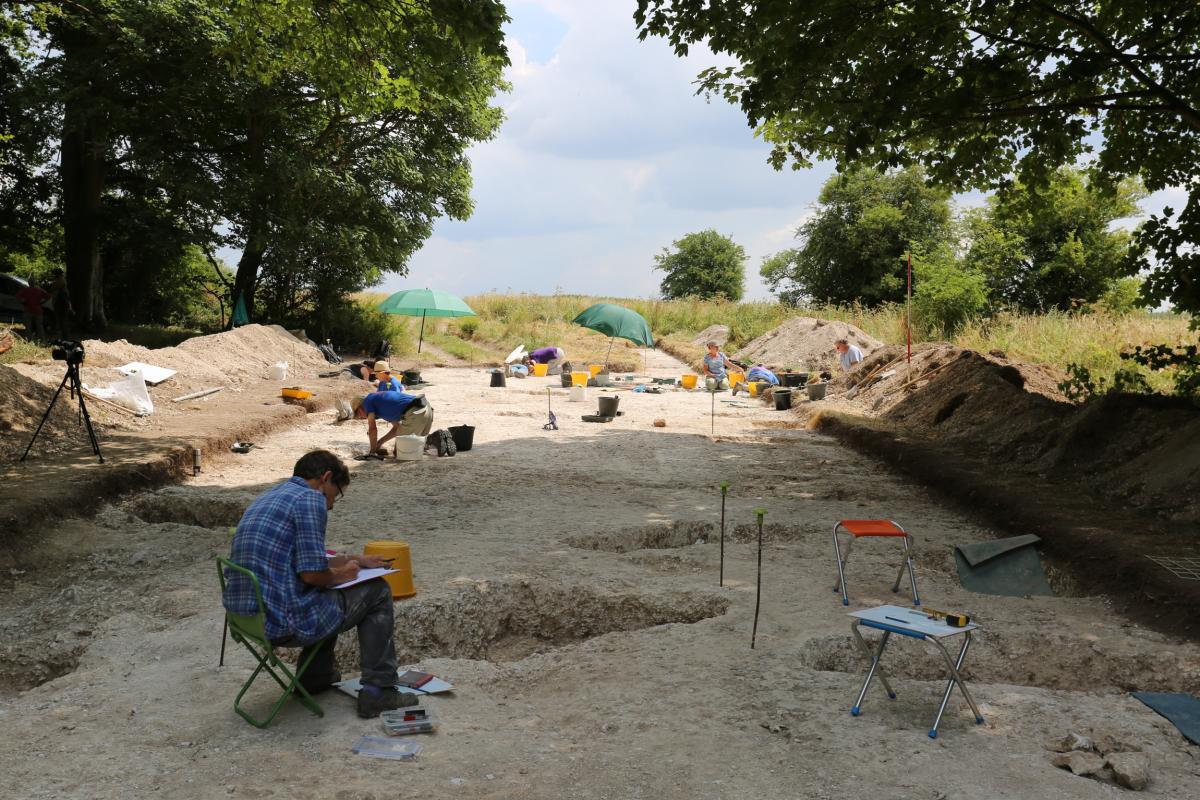
Above: Barrow Clump
Discovery of an Anglo-Saxon cemetery
The archaeology of Salisbury is incredibly rich – from the prehistoric monuments of Stonehenge and Avebury to the First World War practice trenches at Larkhill.
The excavations for Exercise Ring Giver revealed a 7th Century Anglo-Saxon cemetery, at the centre of which lay a barrow or burial mound – something which was unusual during the Anglo-Saxon period.
“This site offers a spectacular view out over the whole of the surrounding landscape,” says Dr Jackie McKinley, Osteoarchaeologist at Wessex Archaeology. “I suspect that this viewshed is why they chose this site for their cemetery.”
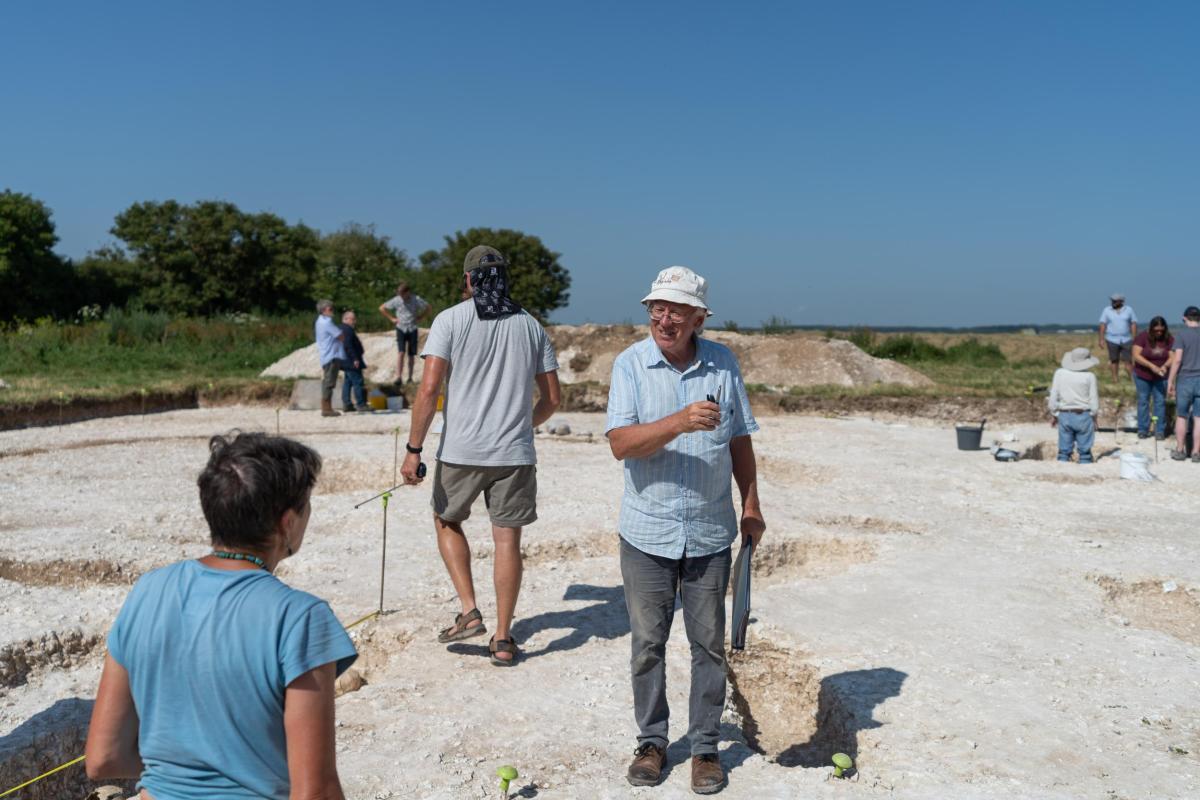
In total, the remains of 22 graves were present at the site, in rows and spaced out around the central barrow. This large grave is thought to have contained someone of importance to the local community at the time, despite containing very few grave goods.
The rest of the burials represented a mix of the population, with individuals of a range of ages and genders, from four years old up to 70. Not many grave goods or artefacts were found alongside the human remains, although this does not take into account possible organic remains, such as cloths, that may have adorned the graves when they were interred.
Artefacts included two burials with bone combs set across the stomach, made from cattle ribs, which were found alongside evidence of a ‘purse mount’ so are likely to have been treasured possessions kept inside a small bag. There was also a spindle whorl, made from the head of a cattle femur which would have been used for ‘drop spinning’, and several glass and amethyst beads.
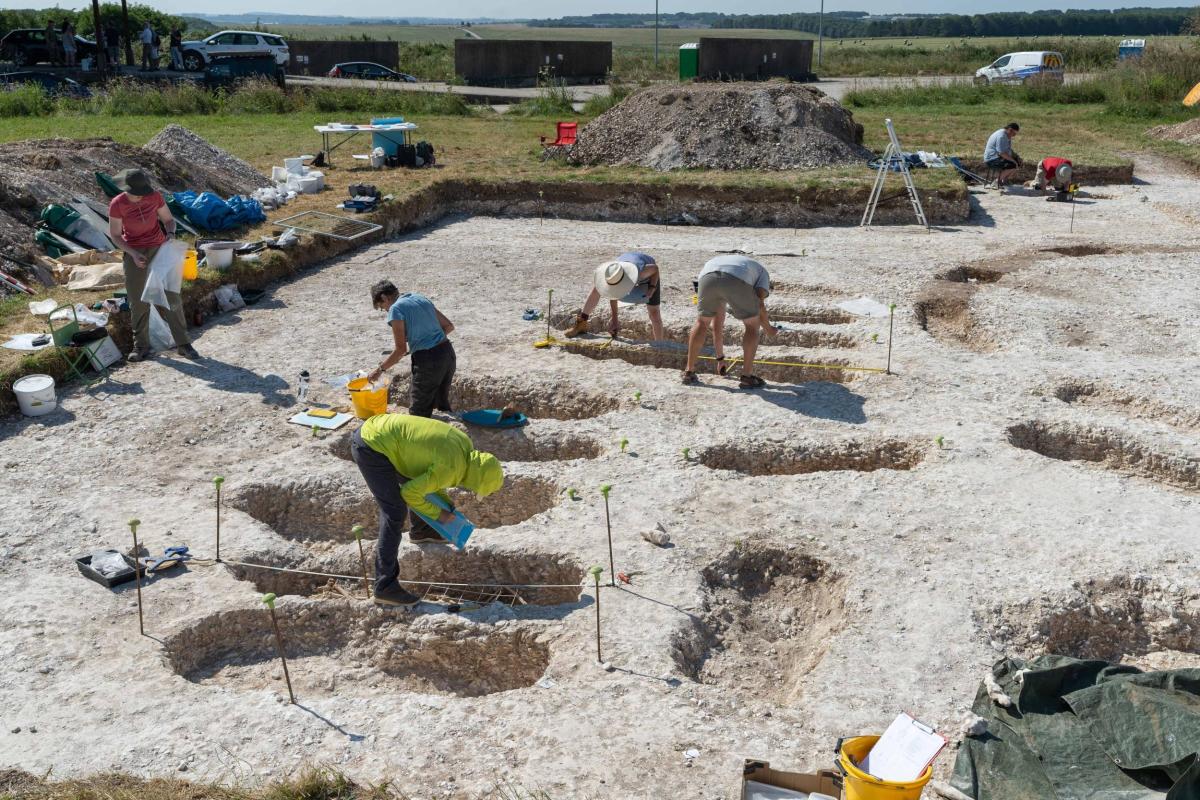
Most of the graves contained only a single individual, but there were a few which contained two, including one which had been dug with enough space to accommodate a second person suggesting that they were expecting this to be the case. This grave contained the remains of a young man in his early twenties, who had been covered over in a thin layer of earth and followed some time later by the burial of a young teenager above him. Other adult graves contained smaller, intercutting graves of infants which were again added some time later.
“Dealing with human remains grounds you – it gets you back to the basics of human life and human death,” says Jackie. “These were real, living, walking people just like we are now. They had the same fears, needs, requirements, wants, desires that we have now, and I think people can relate to that.”
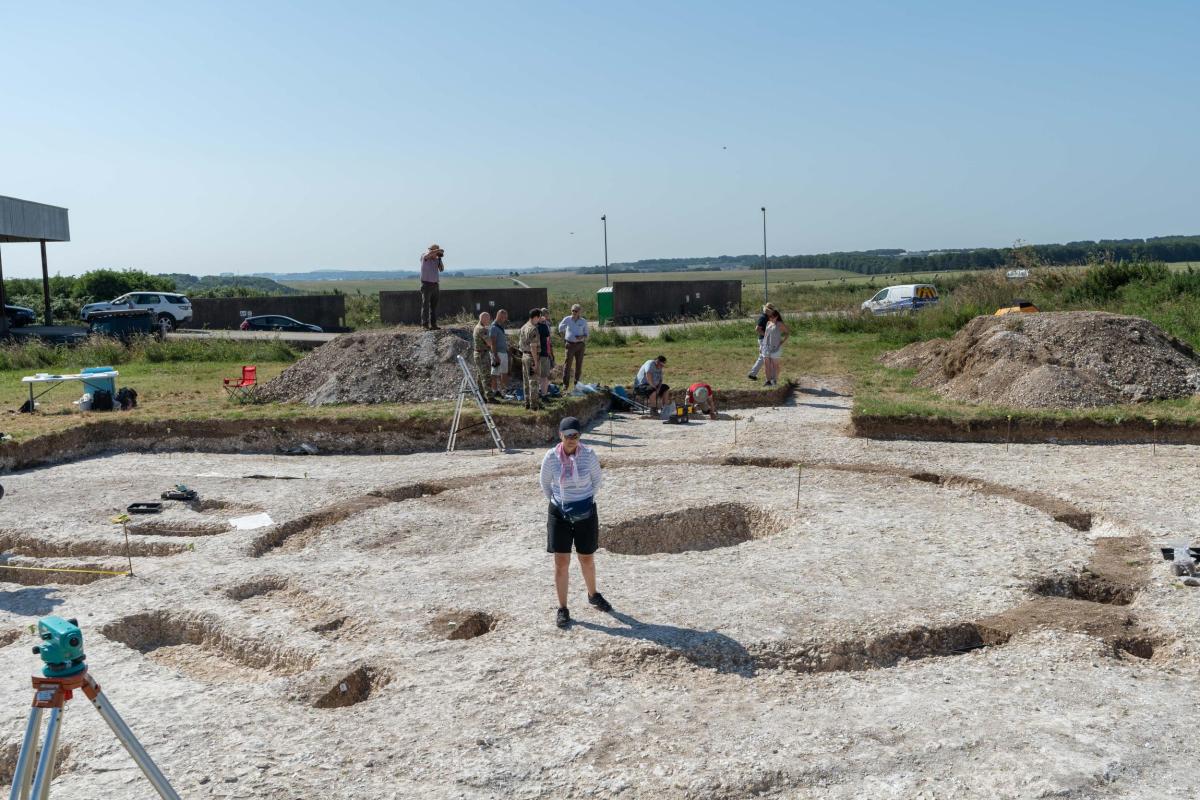
Archaeological process on site
The volunteer veterans participating in the project were given tasks to ensure that the archaeological process was followed throughout.
First, the burials were excavated, then recorded through photographs and scale drawings, and recorded in 3D using Photogrammetry. They were then lifted and carefully bagged using a numbering system to ensure remains were kept together. These were sent back to our Head Office in Salisbury, for cleaning and analysis by our experts.
Here, our Osteoarchaeologists will undertake specialist analysis to discover the age and sex of the individuals, as well as investigate pathological lesions to understand health and disease patterns. Strontium isotope analysis using tooth enamel will help us build up a picture of where they came from and migration patterns, and carbon and nitrogen isotope analysis will show what their diet was like.
Excitingly, these individuals will also be included in a DNA programme currently being undertaken with the Crick Institute to build a highly detailed picture of the genetics of people who have lived in Britain, including information about gender, family connections and disease.
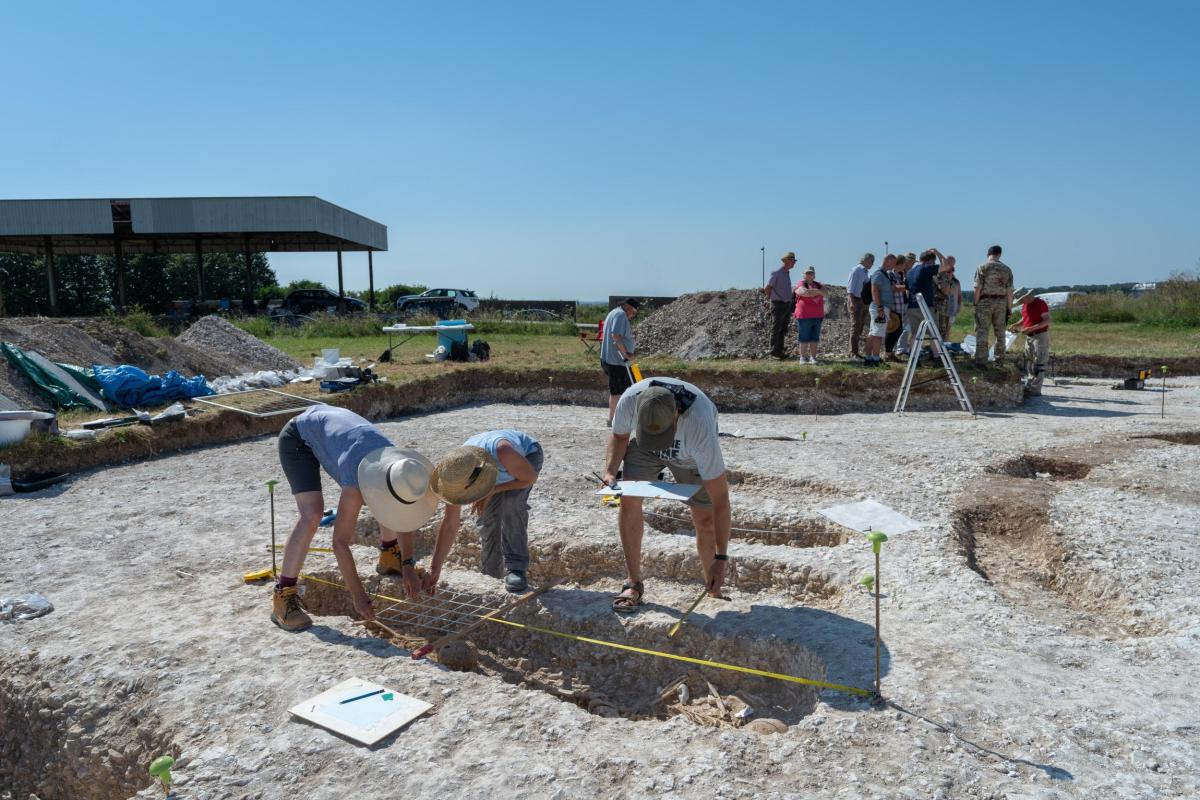
Veterans, archaeology and wellbeing
As a large landowner in the UK, the defence estate holds much of the nation’s heritage, offering an unprecedented opportunity to share the benefits of cultural heritage with those that need them most.
Operation Nightingale was established in 2011 to assist the recovery of wounded, injured and sick military veterans by getting them involved in archaeology. A large part of this is to improve the participants’ wellbeing, but it also aims to work with partner organisations to offer skills which could be used in their future careers.
“The connection here is people,” says Richard Osgood, Senior Archaeologist at the Defence Infrastructure organisation, part of the MoD. “We are understanding the people of the past and that’s what engages the people of the present.”
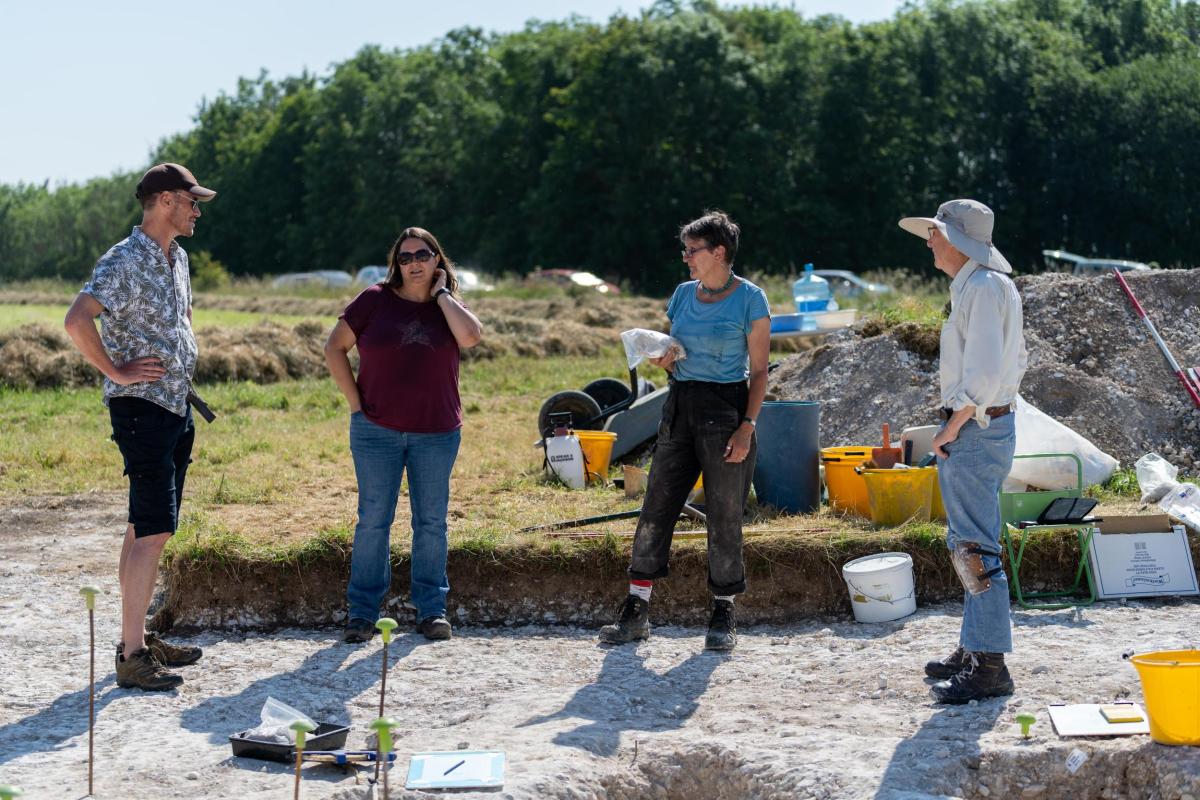
Participants – who may have had traumatic experiences while in the military – are invited to join a community of individuals with whom they can share their experiences, feel a sense of comradery and connection, and put to use skills which they gained while in service.
“It’s sometimes as simple as sitting round a campfire and sharing stories,” says Osgood.
Operation Nightingale has also worked alongside several military related charities and the excavation work has led to numerous publications and also to new artefacts being displayed in museum galleries.
